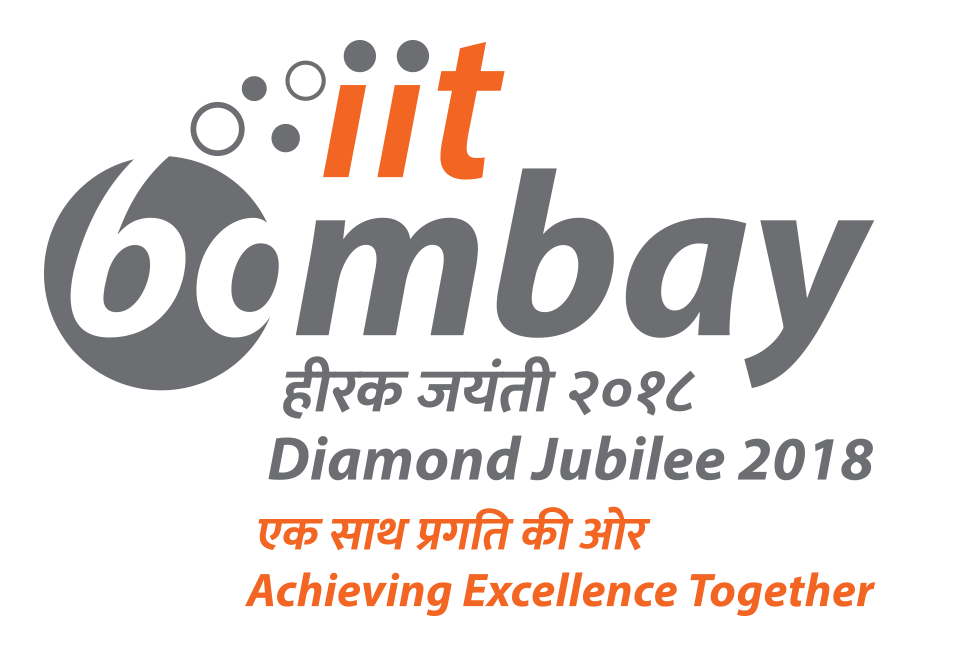Title: Spin pumping in (Bi1-xSbx)2Te3 topological insulator
Speaker: Dr. Sachin Gupta, Tohoku University, Japan
Abstract: In recent years, Topological Insulators (TIs) have drawn much attention of researchers in condensed mater physics because of their rich physics and potential for applications in spintronics and quantum computation. TIs show insulating bulk and conducting surface states, which are protected by time reversal symmetry (TRS) and are immune to any perturbations as long as disorder potential does not violate TRS [1]. The TRS in these materials can be broken by doping magnetic impurities, which results in a gap opening at the Dirac point in the surface states [2]. Spin-pumping is the phenomenon, which generates spin current in a nonmagnetic layer adjacent to a ferromagnetic layer under ferromagnetic resonance (FMR).
In the first part of my talk, I’ll discuss our recent results on (Bi1-xSbx)2Te3; x= 0~1, films (hereafter referred as BST) grown by molecular beam epitaxy. The temperature dependence of sheet resistance Rsheet shows increase in Rsheet with decreasing temperature T, which suggest the freezing of bulk carriers. Rsheet almost saturates below ~40 K, suggesting that the metallic conduction at low temperatures is dominated by the surface states. We deposited 20-nm thick permalloy (Py) film on BSTs, and measured FMR spectra as a function of temperature with sweeping an external in-plane magnetic field. We observed that the resonance fields of Py/BSTs at 300 K are almost the same as that of Py directly deposited on the substrate, while the linewidths show broadening, which results from spin pumping as well as inhomogeneity in Py induced by surface roughness of underneath BSTs [3]. In the second part, I’ll discuss magnetic and transport properties of Cr-doped Sb2Te3 thin films. (CrxSb1-x)2Te3 shows ferromagnetic ordering with a Curie temperature TC of 250 K (for x = 0.44), which is the highest TC observed so far in magnetically doped TIs[4]. These films show perpendicular magnetic anisotropy with anisotropy field as large as ~2T. The results suggest that TIs can be promising candidates for future spintronic applications as well as to investigate spin-orbit related phenomena.
The work was supported in part by a Grant-in-Aid from MEXT.
[1] M. Z. Hasan and C. L. Kane, Rev. Mod. Phys. 82, 3045 (2010).
[2] C. Z. Chang et al. Science 340, 167 (2013).
[3] S. Gupta et al. AIP Advances 7, 055919 (2017).
[4] S. Gupta et al. Appl. Phys. Exp. 10, 103001(2017).

